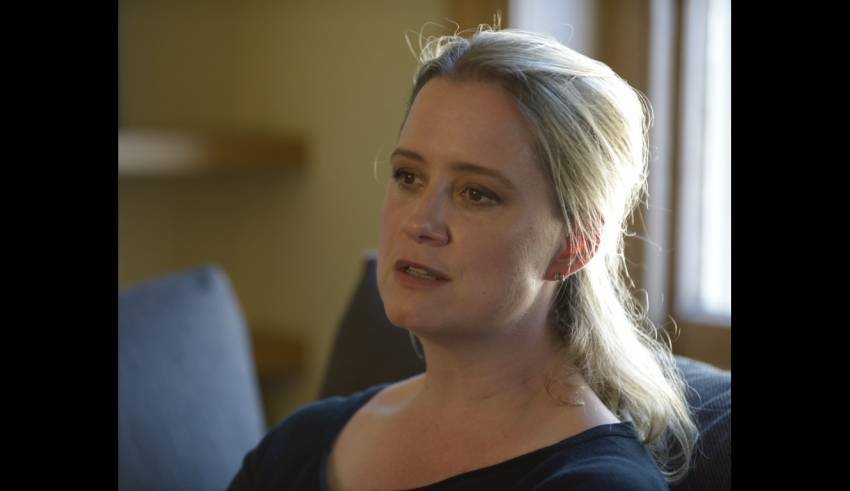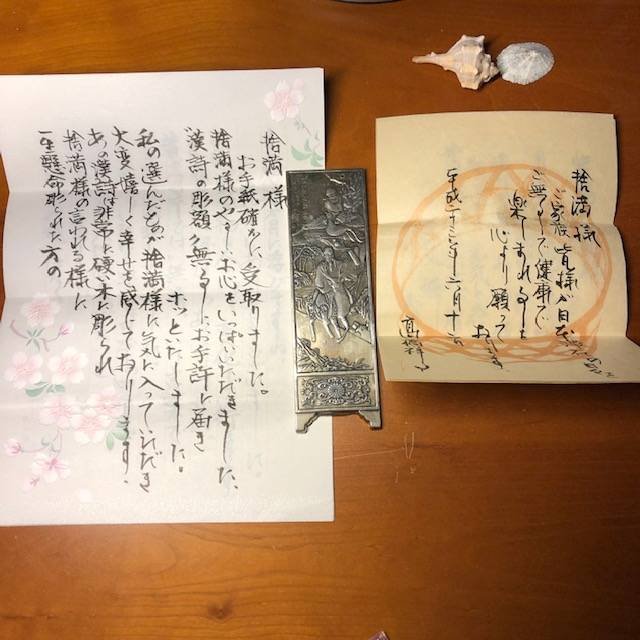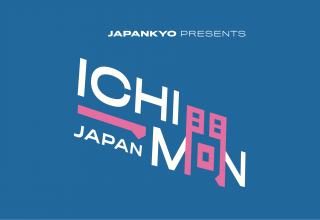
On This Episode of Japan Station
On this episode of the Japan Station podcast we’re talking about the city of Tokyo and its “bells of time.”
About Anna Sherman
Anna Sherman is an editor and writer living in Oxford, England. Sherman spent many years living in Tokyo and used many of her experiences there to write her first book: The Bells of Old Tokyo: Meditation on Time and a City. Published earlier this year by Picador, The Bells of Old Tokyo is a unique and thoroughly captivating book that uses Tokyo’s “bells of time” as jumping off point to explore both the history of the city and the very nature of time itself.
Topics Discussed
- Studying Greek and Latin
- How Anna ended up in Japan
- What led Anna to write The Bells of Old Tokyo
- What Tokyo’s “bells of time” (toki no kane) are and what their function was
- The Kokucho bell of time in Nihonbashi
- The Tenmacho prison (Tenmachō Yashiki) and efforts to preserve it.
- The missing bell of Mejiro
- The constantly changing nature of Tokyo
- How Japan reacted to Einstein’s general theory of relativity
- Anna’s relationship with a mysterious woman named Shoko Takahashi
- The nature of time and what working on The Bells of Old Tokyo taught Anna
- And much more!
Listen to Japan Station on
Apple Podcasts Google Play Stitcher Spotify Tunein iHeartRadio PodBean Overcast
Links, Videos, Etc.
The Bells of Old Tokyo is out now in hardcover, paperback, audiobook and ebook formats. If you would like to purchase it via Amazon, you can use the link below.
Anna Sherman on Twitter:
Visit Anna Sherman’s website via the link below.
Access the article Anna wrote about her very unique relationship with the mysterious Shoko Takahashi via the link below.
Learning What It Means To Be Human
This is a photograph of the signboard Anna got from Shoko Tkahashi.

Here’s an example of the correspondence Shoko Takahashi would send Anna.

Here is a video of the the bell at Senso-ji temple in Asakusa in Tokyo being rung at the start of the new year.
Here’s a couple of extra notes:
- The Tenmacho Prison was where Jisshi Park (Jisshi Kōen) is located today.
- Today the term sōtaisei riron (相対性理論) is used to refer to Einstein’s general theory of relativity. However, when the theory was translated into Japanese during the Taisho era it caused a bit of controversy. This is in part because of the characters used in the translation. The first two characters (相対) could also be read as aitai. This word could be interpreted as referring to a romantic relationship between a man and a woman, such as in the case of the word aitaijini (相対死に), which refers to the act of two lovers taking their own lives. Further, the third character (性), read sei, could be used to refer to sex, such as in the case of the word seikōi (性行為), which means “sexual act” or “sexual intercourse.” As a result, when the term was introduced many decided avoid using the third character (sei, 性) altogether by instead using sōtai genri (相対原理). Genri means “principle,” whereas riron means “theory.” This information can be found on the Japanese-language Wikipedia entry of the general theory of relativity.
Special Thanks
Opening/Closing song: Oedo Controller (大江戸コントローラー) by Yunomi featuring Toriena (Used with permission from Yunomi)
To listen to more of Yunomi’s music, check out his Soundcloud page or YouTube channel.
Japan Station cover art: Provided by Erik R.
Images: Courtesy of Anna Sherman
Follow Japankyo on Facebook and Twitter so you don’t miss any updates!
















